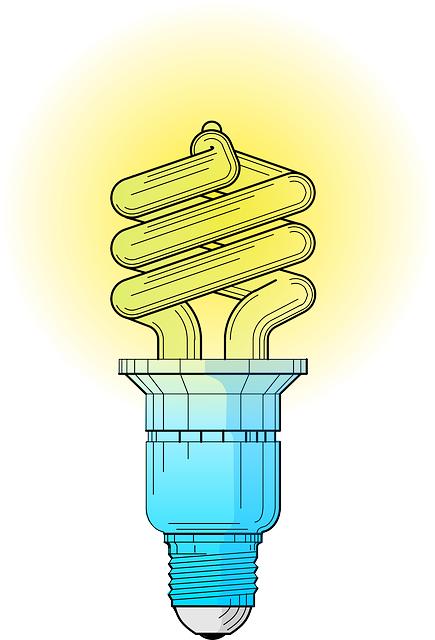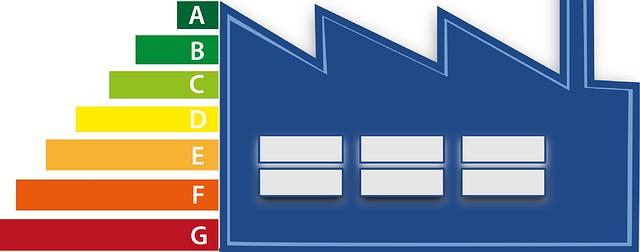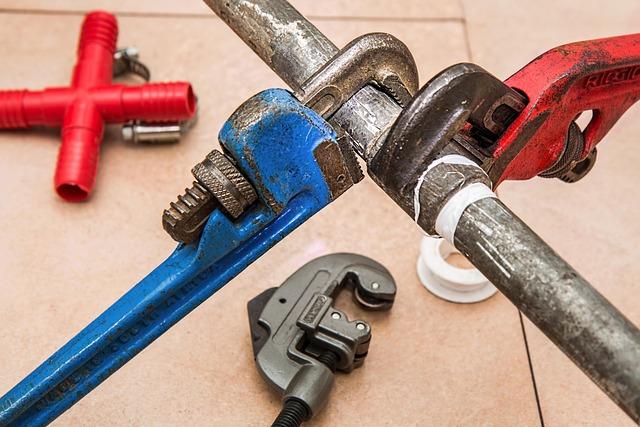Table of Contents
- Understanding Energy Efficiency in Heaters
- Key Features to Look for in an Energy Efficient Heater
- Comparing Types of Energy Efficient Heaters
- Maximizing Savings with Smart Thermostat Technology
- Maintenance Tips for Sustaining Heater Efficiency
- Q&A
- Insights and Conclusions
Understanding Energy Efficiency in Heaters
Energy efficiency in heaters is a crucial factor that influences both your comfort and your energy bills. Choosing the right heater can lead to significant cost savings and reduce your carbon footprint. It is essential to understand the various factors that contribute to a heater’s efficiency, which primarily revolve around its design, technology, and the resources it uses. For example, modern heaters often utilize advanced technologies such as modulating systems, which adjust the heat output according to the room’s requirements, ensuring optimal energy use.
Another key aspect to consider is the fuel type that your heater employs. Electric heaters tend to have high-efficiency ratings, but they may not be as effective in colder areas compared to gas or oil heaters. It’s essential to take into account the following types of fuel sources:
- Electricity: Often 100% efficient at the point of use, but operational costs can be high.
- Natural Gas: Generally more economical than electricity; efficiency varies with appliance quality.
- Oil: Provides high heat but often requires more maintenance.
when evaluating energy efficiency, insulation and home layout also play integral roles. A well-insulated home can retain heat longer, allowing for a smaller heater to be installed without sacrificing comfort. Consider factors such as window sealing, wall insulation, and heating zones within your home. The table below summarizes different heating systems and their typical efficiency ratings:
| Heating System Type | Typical Efficiency Rating (%) |
|---|---|
| Electric Heater | 90-100 |
| Natural Gas Furnace | 80-98 |
| Oil Furnace | 80-90 |


Key Features to Look for in an Energy Efficient Heater
When shopping for a heater that delivers exceptional energy efficiency, it’s essential to consider the heater’s energy rating. Models bearing the ENERGY STAR label meet stringent energy efficiency guidelines set by the U.S. Environmental Protection Agency. These units are designed to save you money on your energy bills while minimizing environmental impact. A higher energy rating often indicates a unit that operates using less energy to produce the same heating output, making it a better investment for long-term savings.
Another key feature to evaluate is the heating method. Different types of heaters utilize various methods to generate warmth, including convection, radiant, and infrared. Convection heaters circulate warm air throughout the room, making them ideal for heating larger spaces. On the other hand, radiant heaters provide immediate warmth to objects and people in their direct line of sight, perfect for quick, localized heating. Understanding these methods can help you choose a heater that best suits your specific needs and enhances energy efficiency.
consider the thermostat and controls available with your prospective heater. Modern units often come with programmable or smart thermostats, allowing for precise temperature control and improved energy savings. With features such as scheduling, remote operation, and adaptive learning, these controls enable you to manage energy use more effectively, ensuring the heater only operates when necessary. As a result, you can enjoy a comfortable environment while reducing unnecessary power consumption.


Comparing Types of Energy Efficient Heaters
When it comes to choosing an energy-efficient heater, several options are available, each with its advantages and disadvantages. Electric heaters, such as ceramic and radiant models, are popular due to their quick heat-up time and ease of use. These heaters convert nearly all their energy into heat, making them highly efficient for small spaces. However, their reliance on electricity can lead to higher operational costs, especially in colder climates where usage is frequent.
Gas heaters, including natural gas and propane units, provide an effective heating solution for larger areas. They typically have a higher initial setup cost due to the required ventilation and fuel line installation but offer significant savings in heating bills over time. The combustion process used in these heaters is efficient, resulting in rapid warmth. Additionally, many modern gas heaters come equipped with modulation technology, allowing them to adjust their output based on the system’s needs, enhancing overall energy efficiency.
Heat pumps represent another advanced option, capable of both heating and cooling. These systems work by transferring heat from the outside air or ground into your home, utilizing electricity more efficiently than traditional heating methods. They can operate effectively even in moderate temperatures, though their efficiency may drop in extreme cold. Here’s a quick comparison of these heater types based on key factors:
| Heater Type | Efficiency | Initial Cost | Operational Cost |
|---|---|---|---|
| Electric Heater | Very High | Low | Variable |
| Gas Heater | High | Moderate | Low |
| Heat Pump | High to Very High | High | Low |


Maximizing Savings with Smart Thermostat Technology
Incorporating smart thermostat technology into your heating system can lead to significant savings over time. These innovative devices learn your schedule and preferences, adjusting the temperature accordingly to ensure maximum comfort while minimizing energy usage. By optimizing heating cycles and eliminating unnecessary energy expenditure, smart thermostats not only enhance your home’s efficiency but also contribute positively to your energy bills.
One of the standout features of smart thermostats is their ability to provide real-time energy usage data. This information empowers homeowners to make informed decisions about their energy consumption. Key advantages include:
- Remote Access: Control your heating through your smartphone, allowing adjustments on-the-go.
- Energy Reports: Analyze daily, weekly, or monthly reports to track energy savings.
- Scheduling Flexibility: Set custom schedules to ensure heating only occurs when you need it.
Moreover, many smart thermostats integrate seamlessly with other smart home devices, enhancing your overall energy management system. By creating a cohesive environment, you can maximize efficiency at all levels. The table below highlights how traditional thermostats measure up against their smarter counterparts:
| Feature | Traditional Thermostat | Smart Thermostat |
|---|---|---|
| Remote Control | No | Yes |
| Energy Usage Reports | No | Yes |
| Scheduling Options | Limited | Advanced |


Maintenance Tips for Sustaining Heater Efficiency
To ensure your heater operates at peak efficiency, regular maintenance should be a priority. Start by performing a seasonal check-up before the heating season begins. This can help identify any issues early on and allows you to address them before they escalate. Inspect and change the
air filters regularly to maintain proper air flow and improve indoor air quality. Clogged filters can make your system work harder, reducing its efficiency and increasing energy costs.
Next, consider the placement of thermostats. Ensure they are calibrated correctly and not hindered by furniture or drapes that could affect their performance. A well-placed thermostat can help maintain a more consistent temperature throughout your home, which not only enhances comfort but also minimizes energy consumption. Moreover, upgrading to a smart thermostat can provide additional energy savings, allowing you to easily adjust settings based on your schedule.
don’t overlook the importance of conducting regular inspections of the heating system itself. This includes checking for leaks in ductwork and ensuring the heat exchanger and burner components are clean and functioning correctly. Follow these tips to prolong the life of your heater and maximize its efficiency:
- Schedule professional maintenance at least once a year.
- Seal any gaps or drafts around windows and doors.
- Keep vents unblocked to promote even heat distribution.
- Consider insulation improvements in your home.




0 Comments